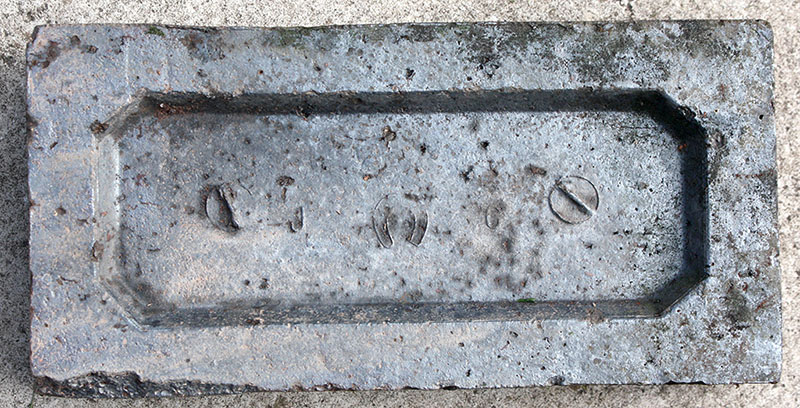

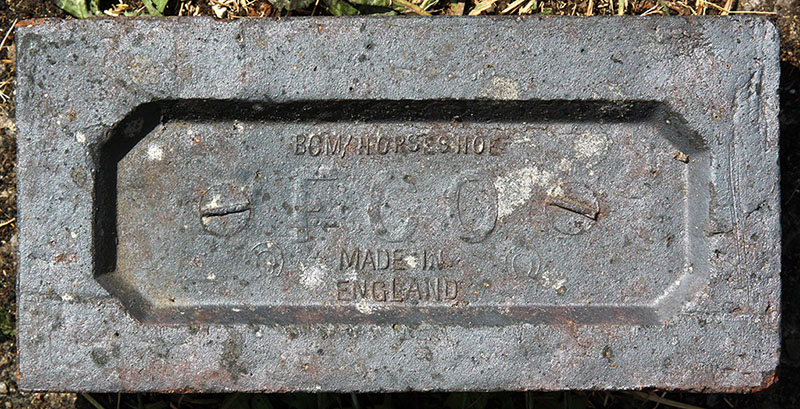
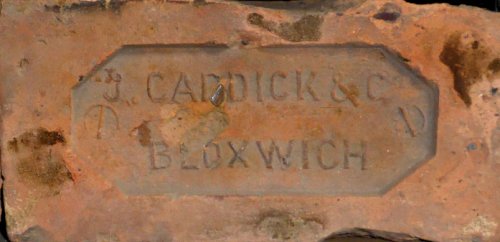
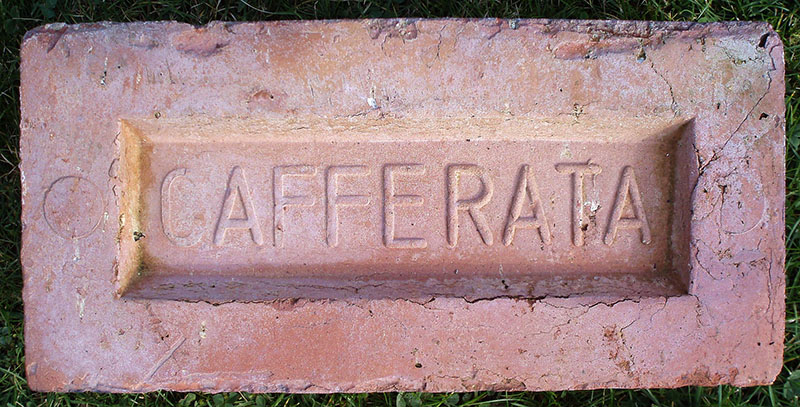
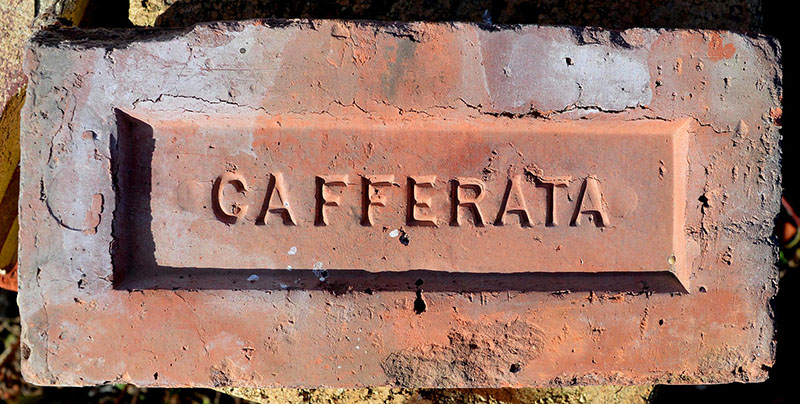
Made by Cafferata & Co. of Newark at their Beacon Hill works, Newark, Notts. In 1862 William Cafferata purchased the brivkworks along with a gypsum mine and works. Gypsum as the main Cafferata business but the brickworks was worked for many years. It disappears from the trade directories after 1916. A short history of the business may be read here.
Photos by Frank Lawson.
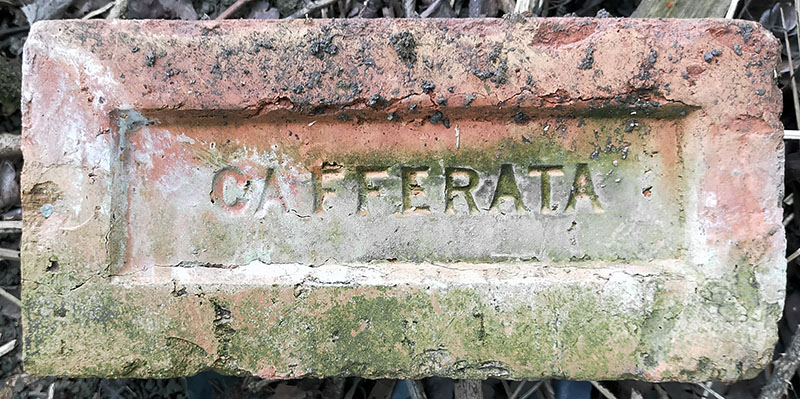
Photo by Peter Bailey.
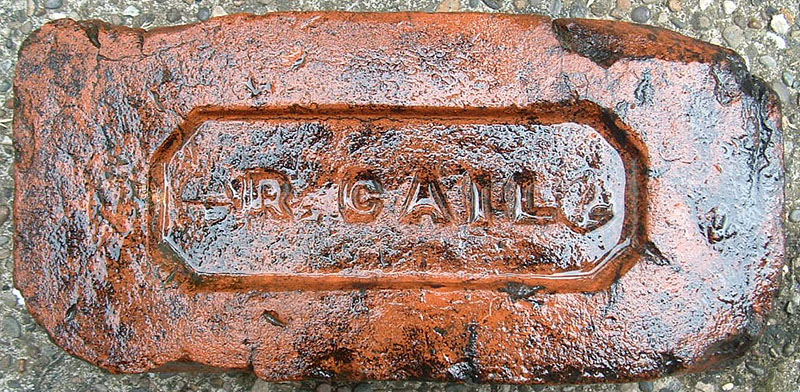
One of Tyneside's most successful, if lesser known Victorian
entrepreneur's, Richard Cail rose to prominence as a contractor on
many of the regions early railways, having previously been
apprenticed to a Newcastle' builder. The secret to his success
would appear to have been control of the supplies to his various
businesses. As a Freeman of Newcastle' he was exempt from duty on
imported materials, owned quarries at Sunderland and operated
Gateshead's South Shore Brickworks. However, by the time of his
death in 1893 reference to his interests begins to wain, with the
Gateshead works having disappeared from the OS by 1898. Examples
of his bricks are therefore rather few and far
between, a testament to
his engineering skills in that many of the
structures he supervised are still extant. Photo and information
by Arthur Brickman.
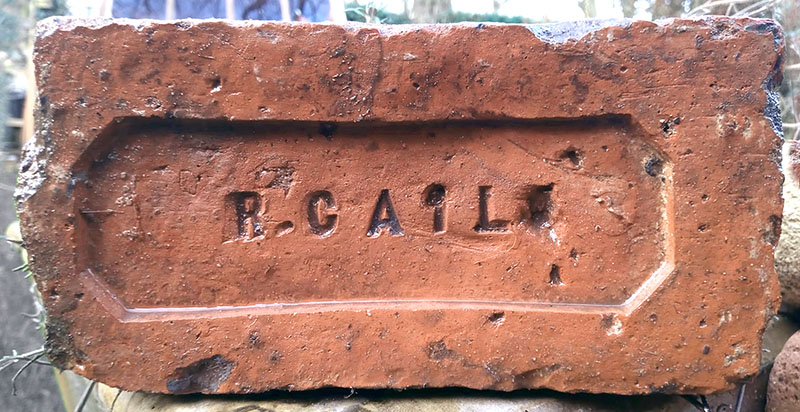
Photo by Chris Graham.
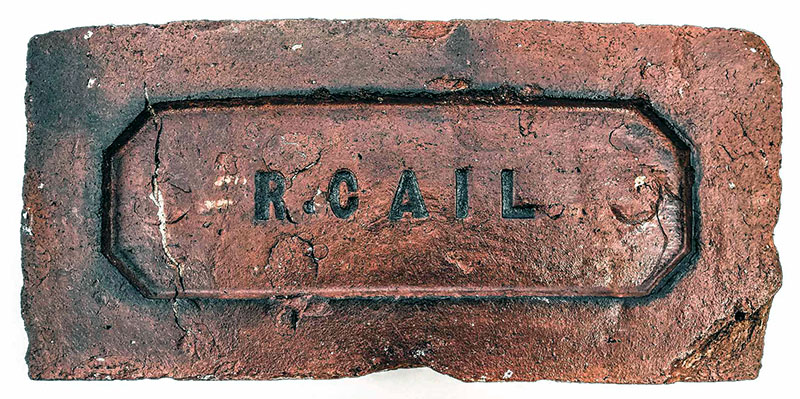
Photo by Chris Tilney.
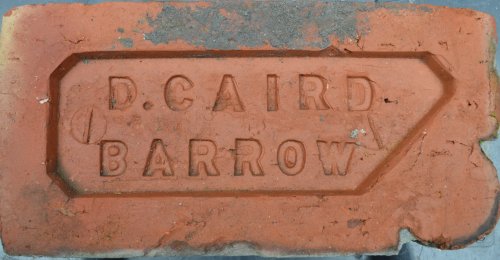
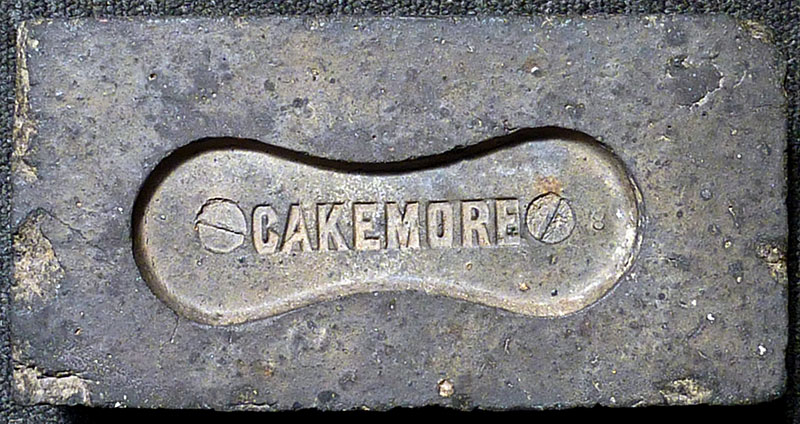
Tony Mugridge has this info: Cakemore was a Black Country brickmaker who specialised in Staffordshire blue bricks and pavers I have two in my collection - both pavers and Cakemore bricks were used for much of the bridgework architecture on the Grand Union Canal through South Staffordshire. More information on the company on this download, pages 14 to 17.
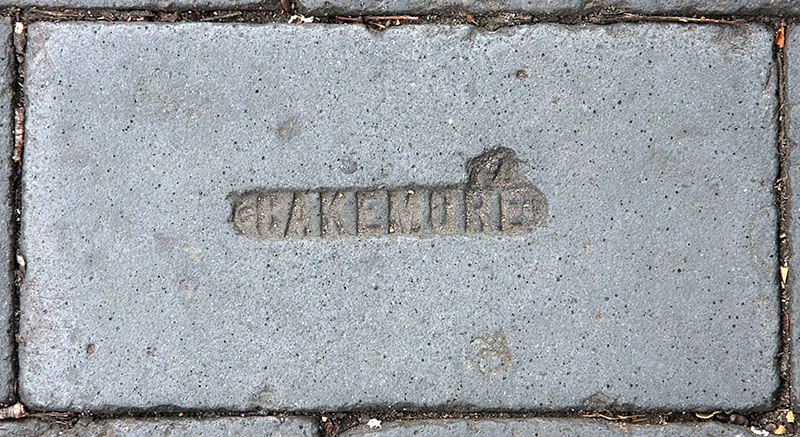
This paving brick was seen on Charlotte Street in Birmingham. Photo by David Kitching.
In 1880 the business was the Cakemore Brickworks and Colliery Company. By 1887 it had become the Cakemore Blue-Brick Company, and in 1892 the firm is called the South Staffordshire Blue Brick Company Ltd., which described itself as 'Manufacturers of the Celebrated "Cakemore" Brand of Blue Bricks. The South Staffordshire Blue Brick Co was registered on 28 October
1887, to take over the properties of the Cakemore Blue Brick Co.
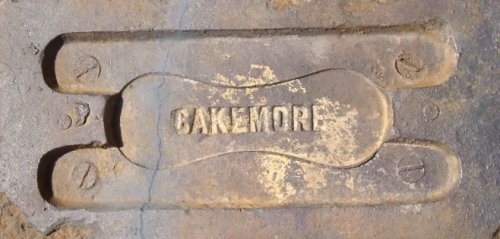
A Cakemore blue paver brick found on an old green lane around
Towcester by Nigel Furniss.
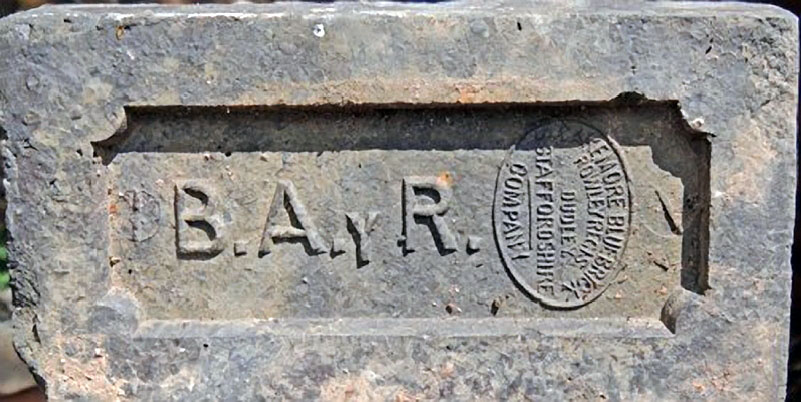
Photo by Colin Wooldridge from the John Cooksey Collection.
Patricio Larrambebere writes from Argentina: B.A.y R. represents Buenos
Aires and Rosario Railway, a railway company in Argentina of
British origin.
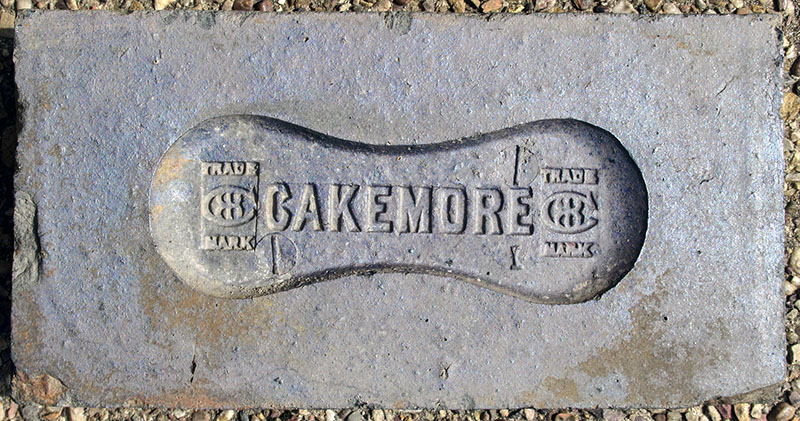
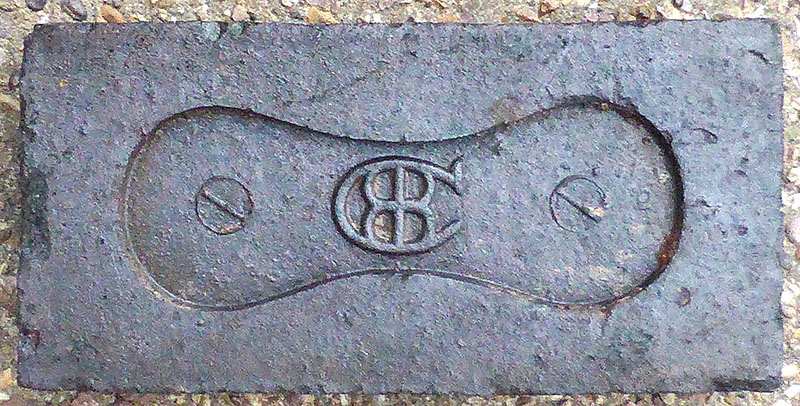
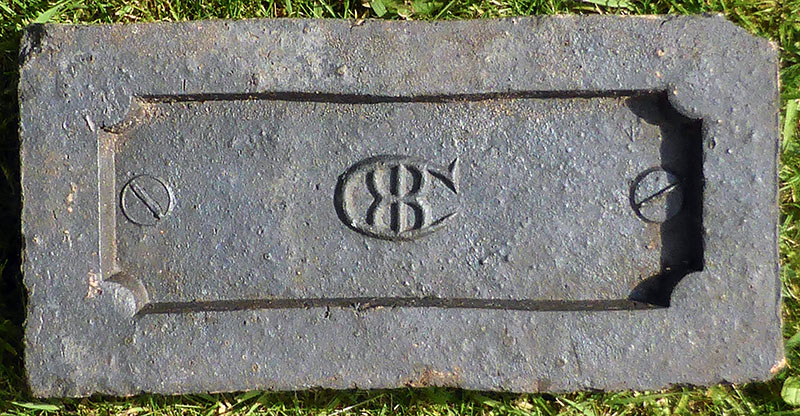
Photos by Martyn Fretwell.
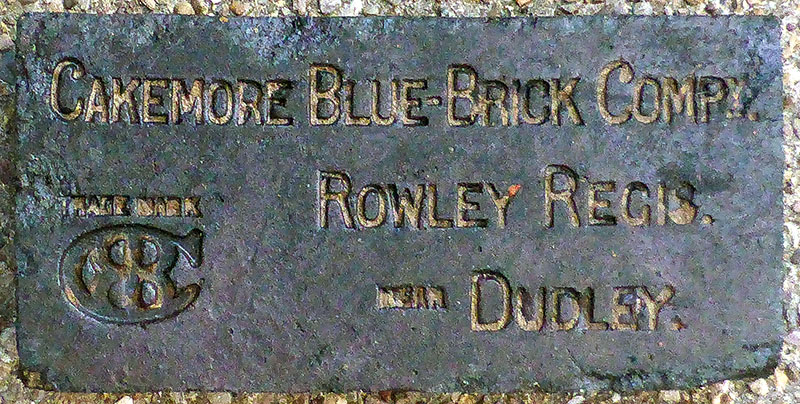
Photo by Martyn Fretwell courtesy of the Chris Thornburn
Collection.
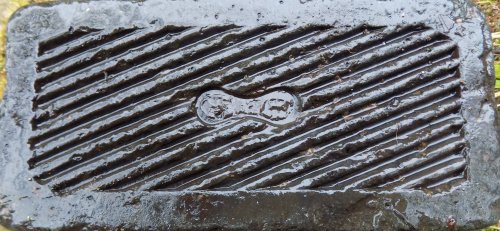
Found in the River Esk near Dalmore Mill, near Penicuik,
Midlothian by Ian Suddaby.
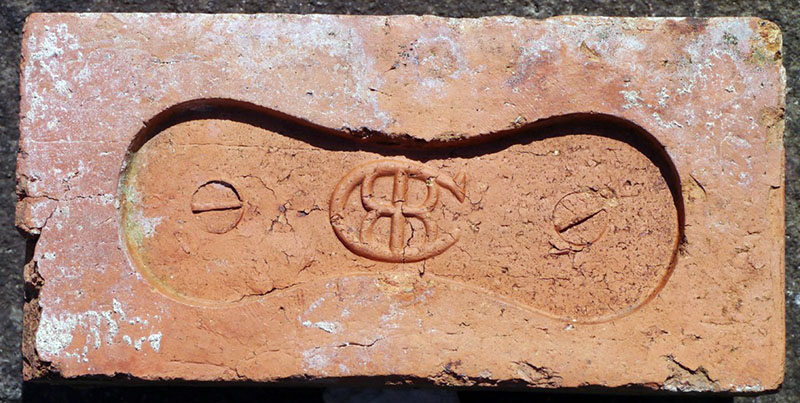
The works also started making red bricks after 1887 and before 1892. Photo by Hamish Fenton.
.jpg)
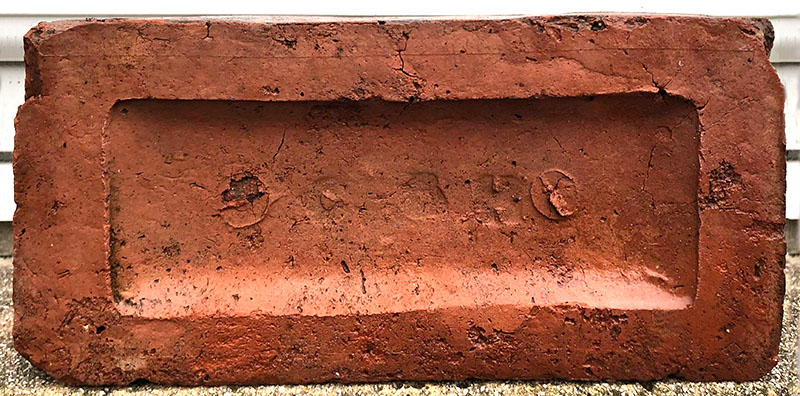
Caldwell & Harrison were based in Manchester and are listed in Slater's Directory for 1876. Photo by Jason Stott.
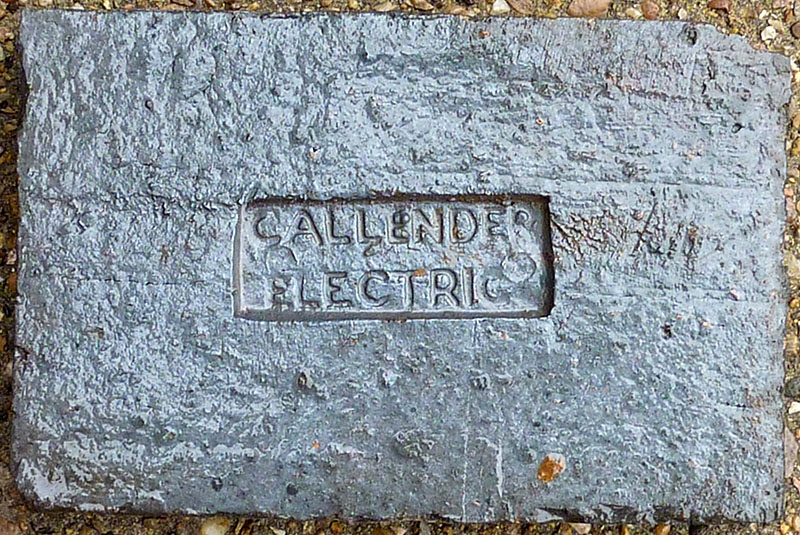
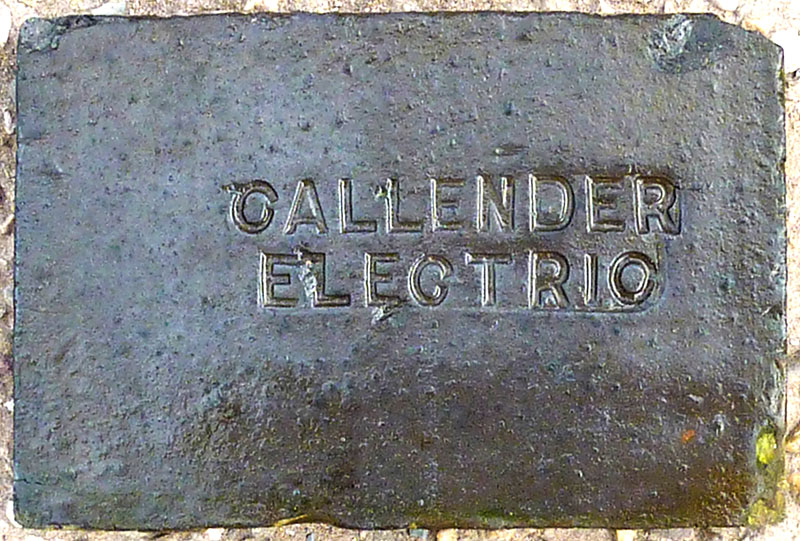
This brick was made for/by Callender's Cable &
Construction Co. Ltd, Erith, London before 1945, when it
became British Insulated Callender's Cables (BICC in
1975) as a marker brick, to warn you
that electric cables are buried in the ground below.
Photos & Info by Martyn Fretwell.
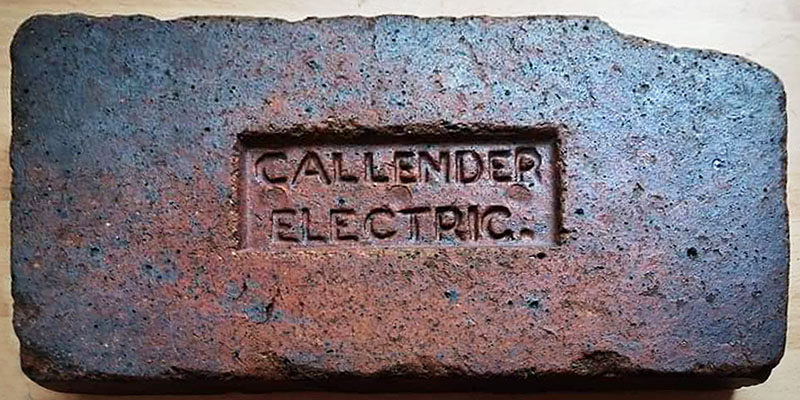
Photo by Rachel Netherway.
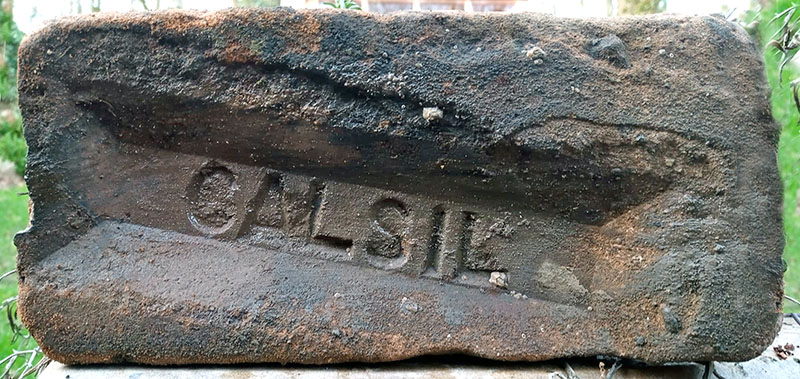
A calcium silicate brick of unknown manufacturer found on the Cumbrian coast. Photo by Chris Graham.
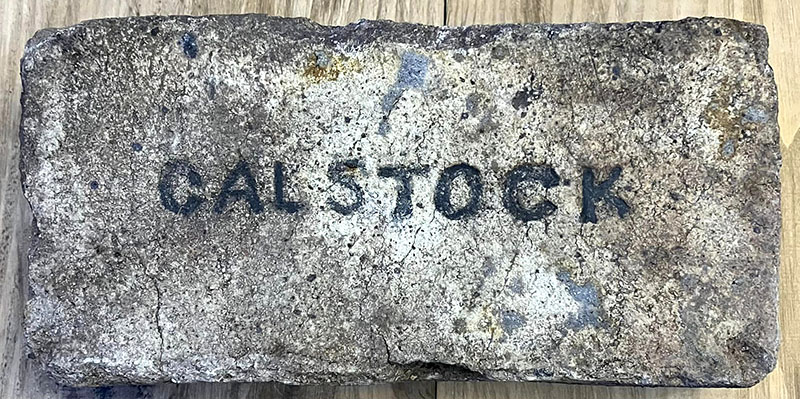
Calstock Fire Brick Co, Hingston Down, between Gunnislake and Callington in Cornwall. It was started by Thomas Westlake and commenced operation c1860. It was acquired by the West of England Fireclay, Bitumen and Chymical Co Ltd in 1871. Photo by Ian Williams.

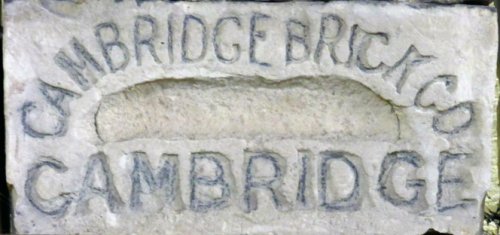
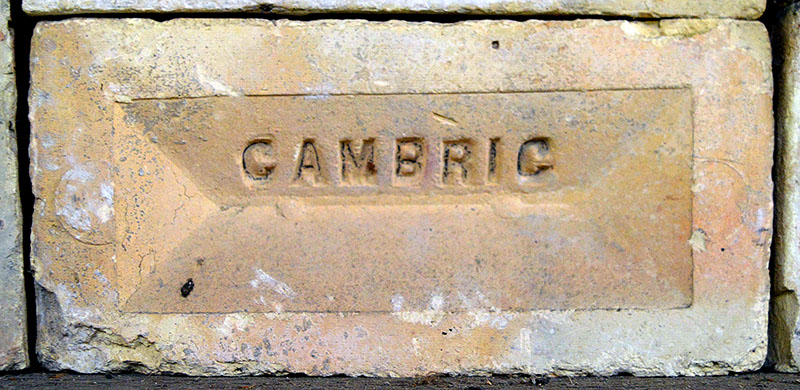
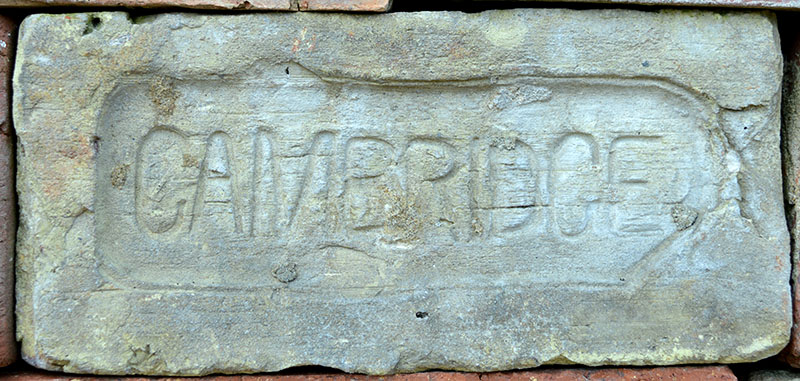
Photos by Frank Lawson.
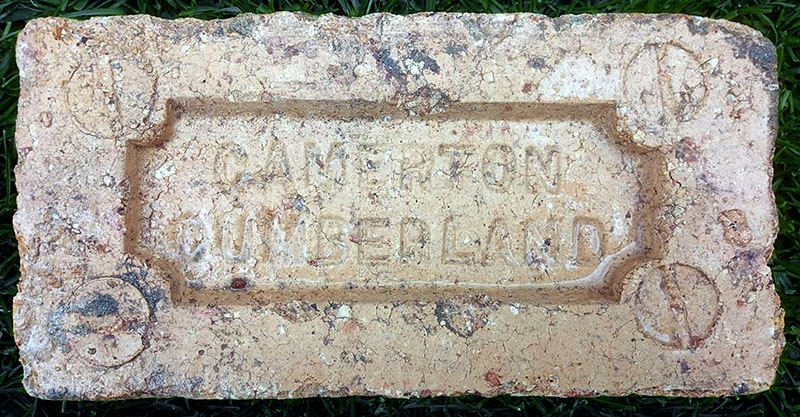
Photo by Chris Graham.
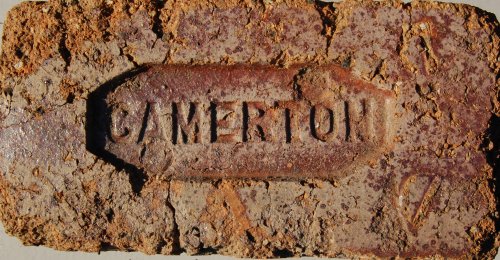
Camerton Coal and Firebrick Company, Greengill Colliery brickworks, Camerton, Cumbria. Sited 6km ENE of Workington. Site operated late 19th century to 1950s - Angus Glasgow. Image PRBCO.
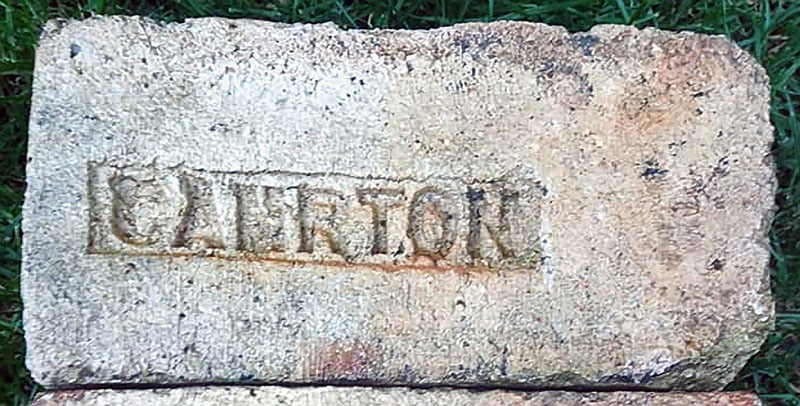
Photo by Chris Graham.
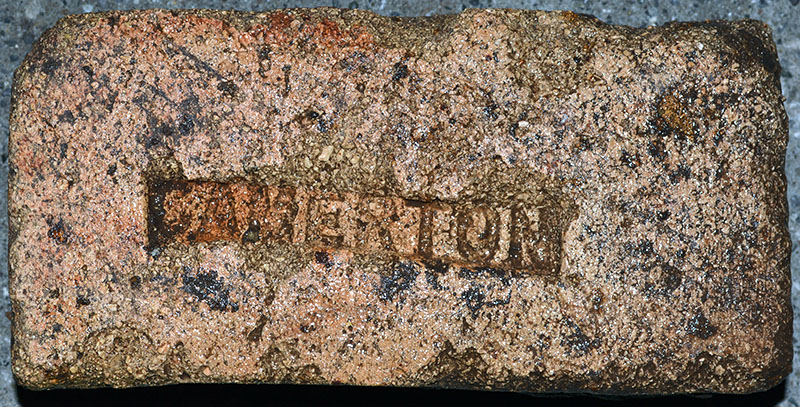
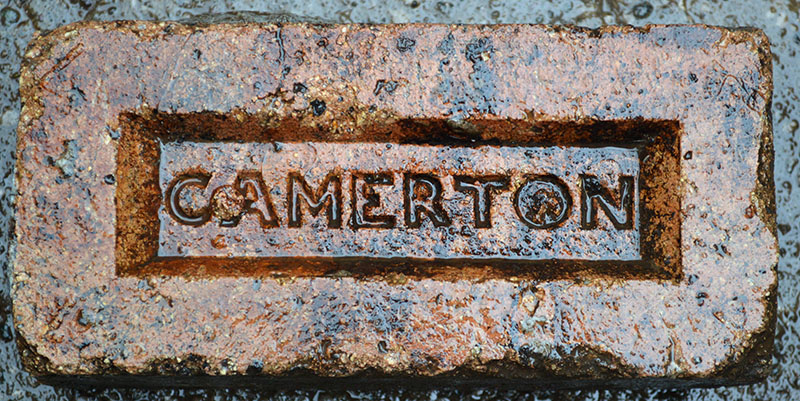
Photos by Richard Cornish.
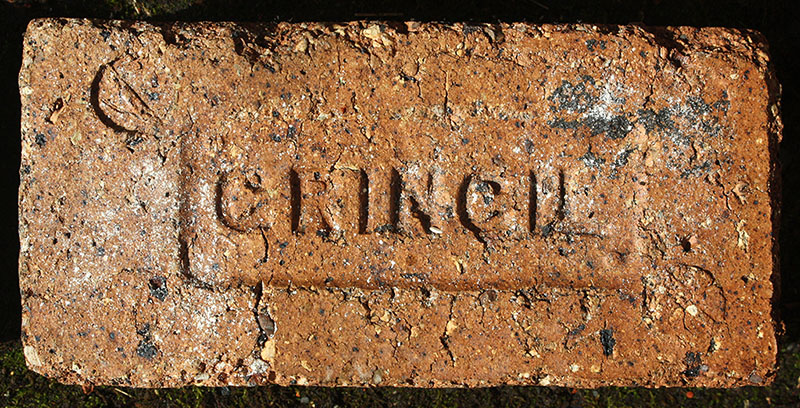
Gringil. Photo by David Kitching.
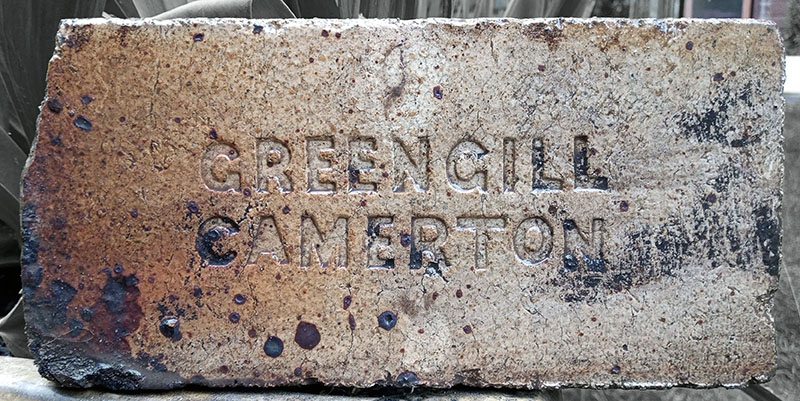
Greengill, Camerton. Photo by Chris Graham.
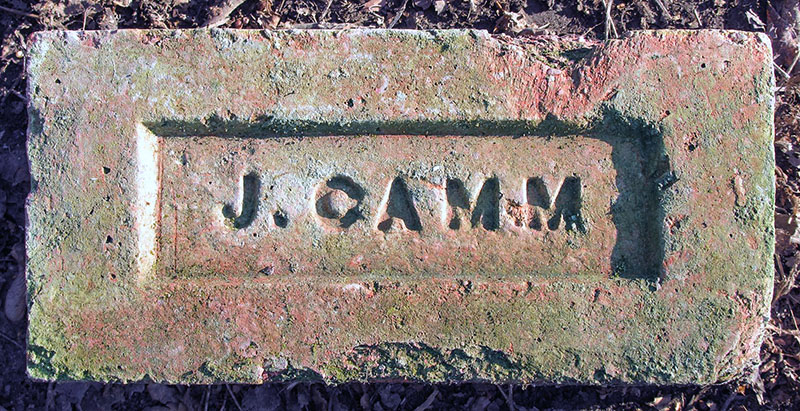
White's Sheffield and Rotherham Directory, 1879 - John Camm, Little Norton, Norton, Sheffield. Photo by Antony Meadows.
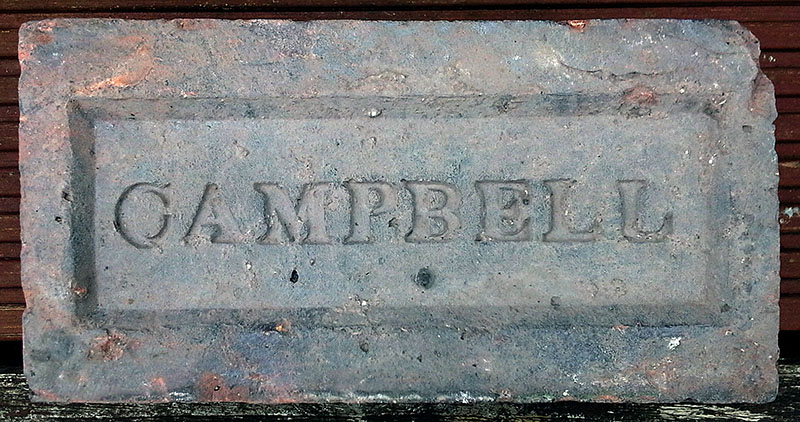
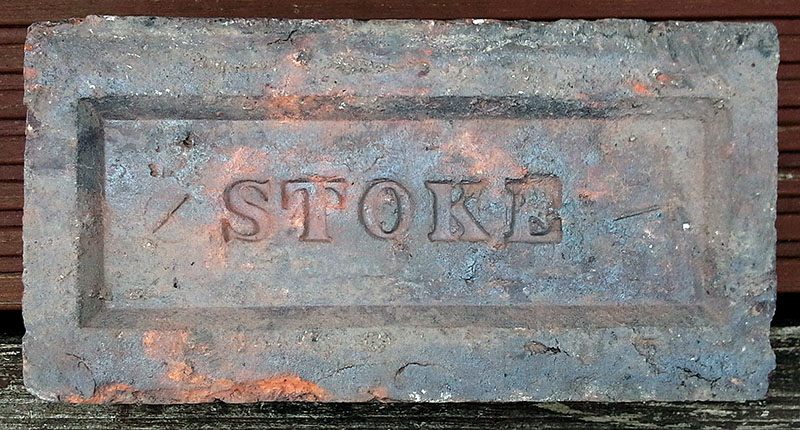
The Campbell Brick & Tile Company, Stoke. Appears in the 1876 and 1880 editions of Kelly's Staffordshire Directory. The business was running in 1875 according to adverts. They moved premises from Fenton to Stoke in 1875. In 1876 Robert Minton Taylor was the manager of the business. Colin Minton Campbell, Thomas Minton and Herbert Minton were Directors. Previous to May 1875 the business was trading as the Minton Brick & Tile Company but this was subject to a restraining injunction on 27th May 1875 at the request of Minton, Hollins and Company and therefore took the Campbell name instead. The original business of MInton, Hollins and Co had ended with the dissolution of the partnership between Mickael Daintry Hollins, Colin Minton Cambell and Robert Minton Taylor in August 1868. Colin Minton Campbell taking the china works and Hollins the tile works. It was the marketing of tiles by Campbell under the Minton name that caused the problems with Hollins who continues to trade under the Minton Hollins brand name. Minton Hollins bricks I have seen before and suspect that these pre-date the split in the business. It appears that Campbell continued to manufacture some bricks along with china, and tiles. I suspect that the brick manufacture did not last long after 1880. By the 1890s the business was trading as the Campbell Tile Co. Photos by Angel Rose.
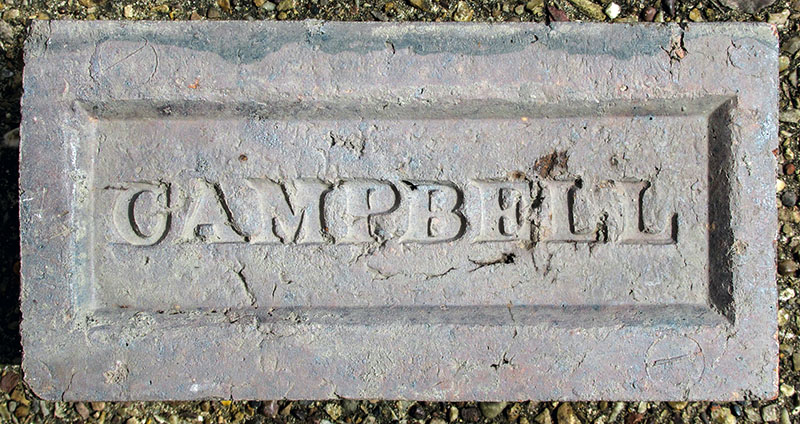
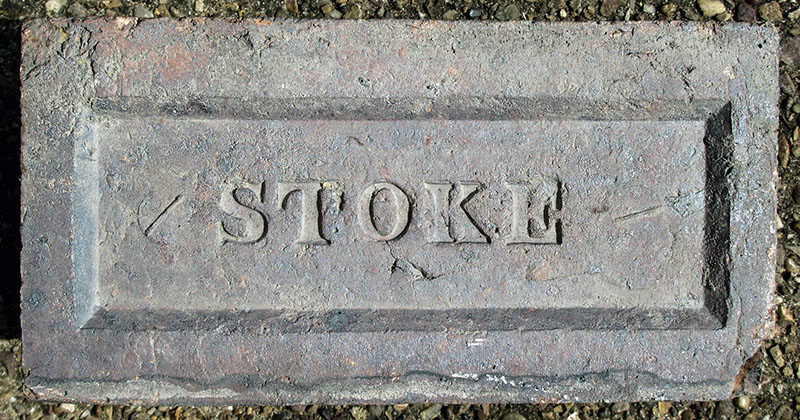
Photos by Martyn Fretwell.